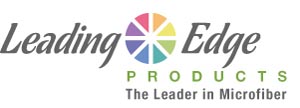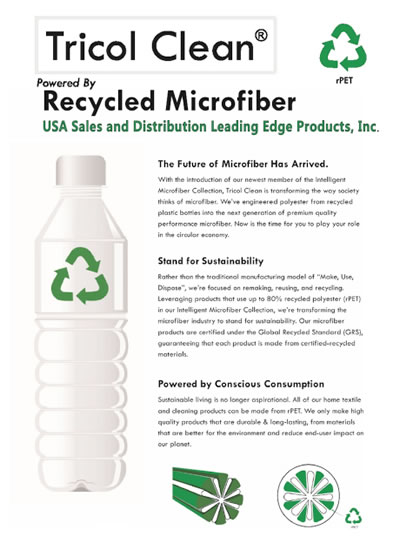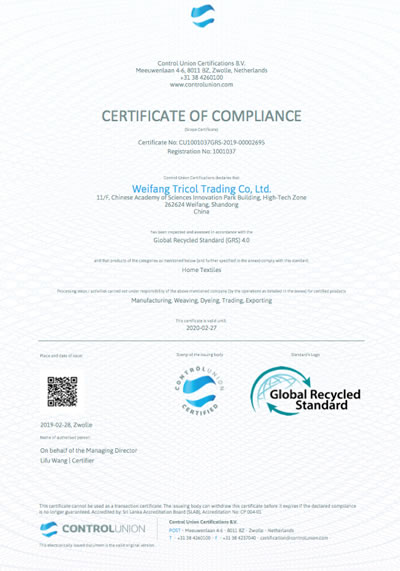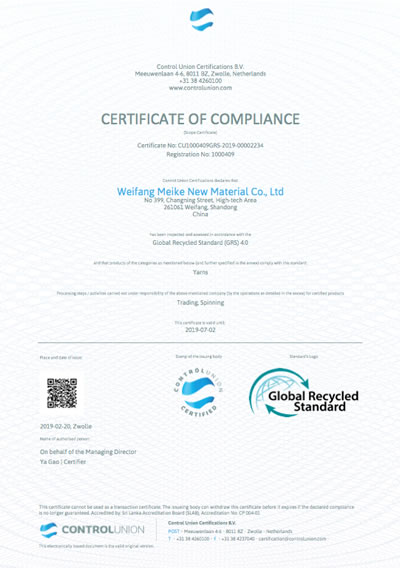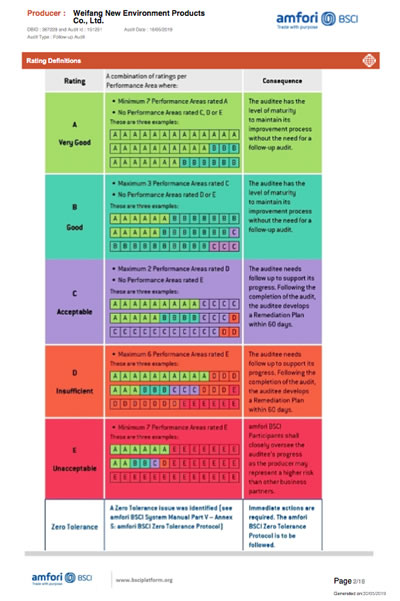What are microfiber mops? These mops consist of a lightweight handle with a very maneuverable flat rectangular head. A microfiber pad attaches to the mop head with hook and loop fastener. In a typical application, fresh microfiber pads are placed to soak in a basin of cleaning solution on the cleaning cart. In each room, a clean cloth is taken from the basin, hand wrung out, dropped flat on the floor and the mop head is placed on it. The hook and loop fastener attaches the cloth to the mop, which is then ready for use.
In a typical setting, the worker uses 1-2 pads to clean a patient room. After use, the worker easily removes the soiled pad by placing a foot on the pad edge and lifting the mop handle away. The soiled pad is set aside for laundering. Used pads are not returned to the cleaning solution, so the cleaning solution does not become contaminated or need replenishing.
Here are 10 reasons to consider microfiber mopping:
1. The Cleaning Staff Likes Microfiber Mopping
Microfiber mopping is more efficient, easier and less tiring, so workers prefer microfiber mops.
2. Patients Are Happier
Patients like microfiber mopping because it is quieter, faster and less intrusive.
3. Microfiber mopping is an inherently effective mopping technique
Microfiber is a strong, lint free synthetic fiber. Each fiber is split during manufacturing, and this split structure makes microfiber effective for mopping: • The tiny fibers make the fabric very absorbent, so the mop holds sufficient water for cleaning, yet doesn’t drip. As a result, the pad doesn’t need to be replenished and the floor is merely damp and quickly dries after cleaning, rather than being visibly wet. • The microfibers have a positive charge that attracts dust, which has a negative charge. Dust and dirt particles are not only attracted to the microfiber, but are held tightly and not redistributed around the room.
4. Ease of Use
Overall, the worker is lifting less and maneuvering lighter loads. Microfiber mopping completely eliminates rinsing and wringing a heavy loop mop. There is a smaller volume of cleaning solution, the water-soaked microfiber mop is considerably lighter than a loop mop, the wheeled cart is correspondingly lighter and there is no need to repeatedly return to the sink to dispose of and replenish buckets of cleaning solution.
5. Less Potential for Injury
• Microfiber mopping uses less water and disinfectant, resulting in less weight to lift and less potential for fatigue, back pain, neck strain, and other upper body injuries.
• Because the mops are lightweight and maneuverable, the worker can largely avoid awkwarrd and uncomfortable postures.
• The microfiber mops eliminate wringing of the heavy wet loop mop. This is expected to reduce potential for back pain, shoulder, elbow, wrist tendonitis and injury to finger joints.
• Because microfiber holds liquid without dripping, it leaves only a light film of water on the floor which dries quickly, resulting in less opportunity for slips and falls on a wet floor.
6. Pollution Prevention & Reduction of Chemical Hazards
Microfiber mops significantly reduce the amount of water and chemicals used.
• With loop mops, soiled mops are rinsed in the cleaning solution. This requires frequent cleaning solution changes to prevent cross-contamination between rooms. With microfiber mops, only clean cloths are soaked in a small volume of cleaning solution. Hence, there is no need to replace the solution, considerably reducing the amount of water and disinfectant used and disposed down the drain.
• Many facilities use concentrated cleaners containing hazardous chemicals, such as butoxyethanol, quaternary ammonium compounds and phenols, which can cause respiratory irritation or skin burns. Reducing the volume of cleaners used and frequency of preparation minimizes worker exposure to these harsh chemicals.
7. Microfiber Mopping Streamlines Tasks and Takes Less Time
• The cleaning solution preparation is reduced considerably because of lower volumes used.
• The need to repeatedly transport, empty, and replenish large buckets of cleaning solution is eliminated.
• Replacing microfiber mop pads takes much less time than rinsing and wringing a loop mop. • Microfiber mops are easier to manipulate in the room, reducing the mopping time.
8. Microfiber Mopping Can Reduce Costs
• Although initial purchase costs for microfiber mops are about twice that of loop mops, the useful life of a microfiber mop is about 10 times as long as a loop mop.
• For many hospitals, water and sewer costs are significant and the reduction in water used yields considerable savings.
• The reduced volume of cleaning chemicals results in avoided purchase costs.
• Reduced mopping time frees the staff to perform other productive tasks. • Worker compensation claims are likely to be reduced due to the lower potential for injury.
• Eliminating the need for large janitor sinks and closets simplifies plumbing and maintenance and reduces the storage area needed for supplies.
9. Biological Hazards Are Reduced
The used mop head is changed after every room and sent for laundering. Because soiled cloths are never returned to the cleaning solution, risk of cross contamination between rooms is eliminated.
10.Laundering Resources Are Reduced
Microfiber mops can be laundered in standard washing machines, while loop mops are usually sent out for commercial laundering at higher cost. Microfiber mops require less space in the washers and dryers than conventional mops, saving on water, detergent and energy.
And a Few Cautions…
Always evaluate new products carefully to assess safety and performance in your own setting. Hospitals will need to evaluate the cleaning performance of different manufacturers’ mops, as they are not all equally effective. The number of the mop pads used in a room will depend on the room size. The janitorial staff and laundry staff should participate in the decision of how many mops to purchase to ensure a ready supply. Microfiber mops are not appropriate for areas contaminated with a considerable amount of blood and body fluids, such as emergency rooms and operating rooms. Microfiber should not be laundered in industrial washers and dryers because high temperatures can damage the material. It is recommended to use standard washers with mild detergents that do not contain bleach, caustics or harsh cleaners that can degrade the microfiber. Microfiber mops should not be washed or dried with lint generating items. Hospitals should consider how the microfiber mop pads will be laundered to ensure a rapid turnaround between use and laundering and to protect the performance capability of the microfiber.
The SHP thanks Jack McGurk, California Department of Health Services and Mary Ellen Leciejewski, Catholic Health Care West for their contributions to this fact sheet. We also thank the hospital staff members who evaluated and offered feedback on microfiber mopping.
For more detailed information on microfiber mopping: Sustainable Hospitals Project EPA Best Practices Publication “Using Microfiber Mops in Hospitals” Phone: 978-934-3386, Email: This email address is being protected from spambots. You need JavaScript enabled to view it. https://www.ciwmb.ca.gov/wpie/healthcare/epamicromop.pdf 10 Reasons for Microfiber Mops, 6/19/03 SHP Case Study “Are Microfiber Mops Beneficial for Hospitals?” ©Copyright 2003. Sustainable Hospitals Project https://www.sustainablehospitals.org
